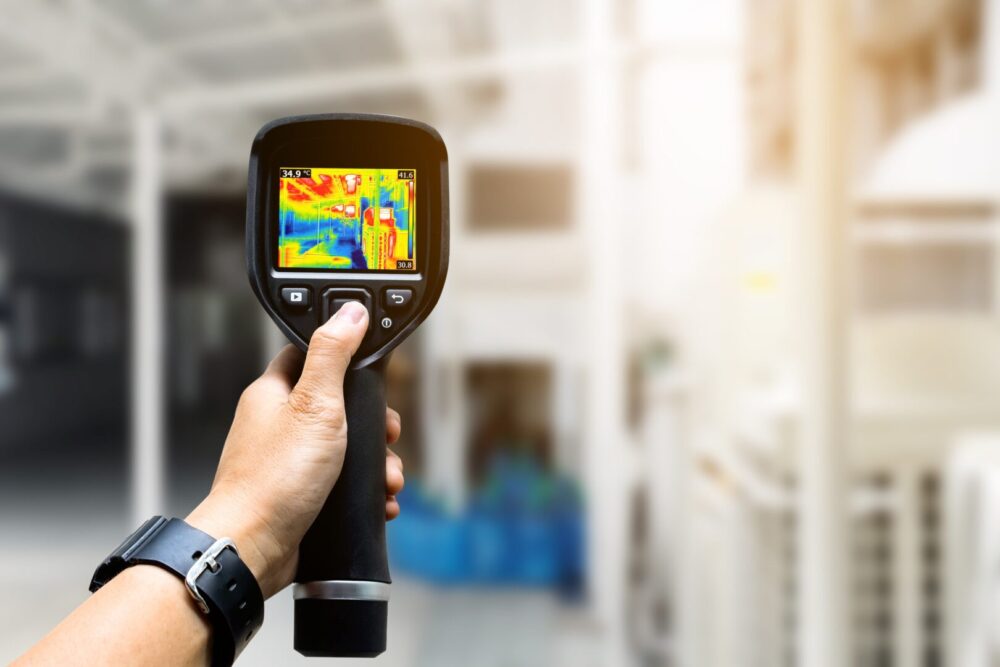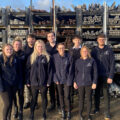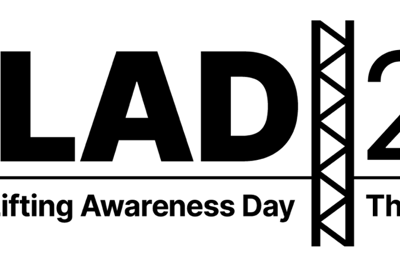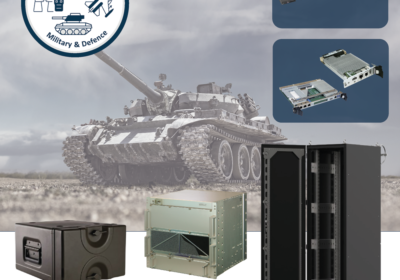~ Micromotors powering optical technology ~
Optics is a branch of science that revolves around light. From cameras and lasers to fibre optic cables and telescopes, our understanding of the way light behaves and its properties has enabled its use in a vast array of practical applications. Here, Dave Walsha, sales manager at small DC motor supplier EMS, explains the key role micromotors play in driving a diverse range of optical applications.
Humans have sought to understand the complex properties and behaviour of light for centuries, with Greek mathematician Euclid proposing his theories on the geometry of visible light as far back as 300 BC.
Over time, our understanding has changed considerably, allowing us to utilise light in a variety of applications. Between telescopes in space and fibre optic cables connecting our homes underground, optical technology has become key to many of the devices we rely on today.
Getting a closer look
Microscopes provide a view of the world that wouldn’t be possible otherwise. Often used in biological and medical applications for study, research and diagnosis, basic optical microscopes use a variety of curved glass lenses to magnify objects.
The curved shape of the glass bends the light rays towards the eye as they pass through, so that the specimen looks bigger than it actually is. This magnification effect is what allows us to see objects that are too small for the naked eye to see.
Many of a microscope’s functions can be motorised for increased throughput and higher consistency. Often, adding motorised features can be done as part of an upgrade that doesn’t necessarily mean replacing the whole instrument, meaning that older microscopes can be given some new life.
In microscopes, a common area for motorisation is the stage. The stage is the flat platform that the specimen is placed onto for observation. On a standard microscope, the user can adjust the stage’s height and position using a series of knobs on the sides of the instrument. This enables them to centre the specimen over the light source for observation.
Typically, this is all done by hand. But when examining large quantities of samples, having to continuously adjust the specimen and dials can lead to aches and pains in the wrist and arms, and even repetitive strain injury if left unchecked. It can also be difficult to locate and keep track of features of interest when moving to higher magnifications. To get around these issues, motors can be added to make adjustments automatically.
Settings can be pre-configured in software, which helps ensure repeatability and consistency across measurements, particularly with different operators. Calibration can also be done much faster through automation, meaning that more samples can be analysed in the same or a shorter amount of time.
Eyes in the dark
Another key application of optical technology is thermal imaging with infrared cameras. For emergency services such as the police force, situations can arise where officers have to chase down suspects attempting to escape. Whether it’s an uncooperative driver who has tried to dash off after abandoning their car, or a resident trying to dodge investigation by escaping out a back door, there are times where suspects won’t come quietly.
But on foot pursuits can be challenging. A desperate suspect can jump over garden fences or onto rooftops, and hide in unusual places like outdoor storage containers and garden sheds. When every second counts in tracking down a suspect, it’s not feasible to check every single possible hiding place as soon as they drop out of sight. In low light and complete darkness, even police officers with powerful torches will still have severely compromised visibility.

Infrared imaging provides instant sight of suspects. Infrared cameras detect the infrared energy, or heat signature, of objects and display this information onscreen. Typically, this takes the form of a colour map, where different temperatures are assigned to different colours. In the case of looking for a suspect, a human will show up clearly on the heat map even if they have hidden behind an object.
Portable infrared cameras can be carried by hand for checks on the go, or can be mounted onto drones and police helicopters for wider surveillance. Another member of the police team can relay the information live to officers on the ground, enabling them to effectively corner suspects.
Infrared cameras need an offset correction when initially switched on, and periodically during its operation. Micromotors are used to drive a piece of black metal in front of the image sensor, and the camera takes an image. This image provides a baseline temperature of the device itself, meaning that the heat generated by the infrared camera itself can be filtered out of the images it captures, reducing error and helping to ensure a clearer image.
One thing these applications have in common is the need for high quality motors. When working on a microscopic scale, overheating motors can cause the temperature of materials to increase, changing their shape and potentially affecting the precise position to which the instrument should be set. An unreliable motor could stop functioning at the moment it’s needed most, like during a tense police pursuit.
The motors must also be compact, in order to function efficiently within the small space envelope that many of these applications require. Being able to operate smoothly is also important, to avoid creating vibrations that will affect activities that require ultimate stability, like using a microscope.
By using a high precision micromotor like those in FAULHABER’s B-Micro range, solely distributed in the UK and Ireland by EMS, even the smallest of movements can be controlled and delivered accurately.
The applications for optic technology are varied, but many have become integral to our modern world. Whether it’s viewing the world on a microscopic scale or finding an object in the dark, optics give us the power to see where our own eyes cannot.
To learn more about the products and services EMS provides, and to stay up-to-date with the latest company news, visit https://www.ems-limited.co.uk/blog/








